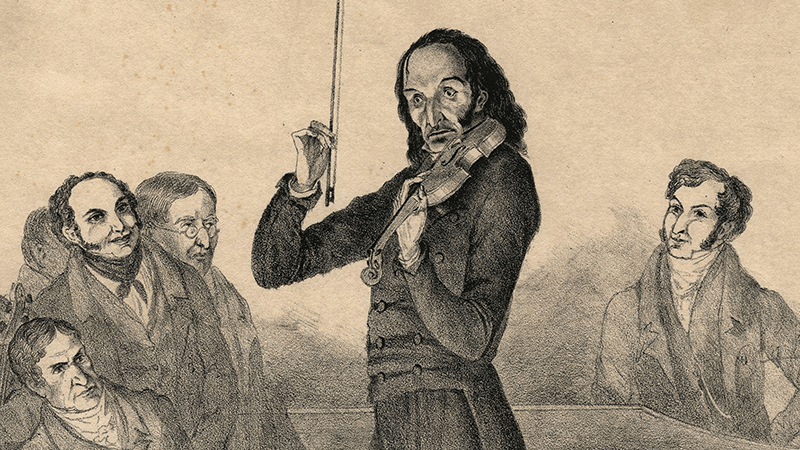Rachmaninov’s “Blessed Is the Man”: Meditative Music from the “All-Night Vigil”
Blessed is the Man forms the third movement of Sergei Rachmaninov’s All-Night Vigil, Op. 37 (also known as the “Vespers”). Scored for a cappella chorus, the All-Night Vigil was composed over the course of two weeks in January and February of 1915. It has been called “the greatest musical achievement of the Russian Orthodox Church.” The monumental liturgical work, completed during the First World War, represents the culmination of a sacred musical tradition which included music …






